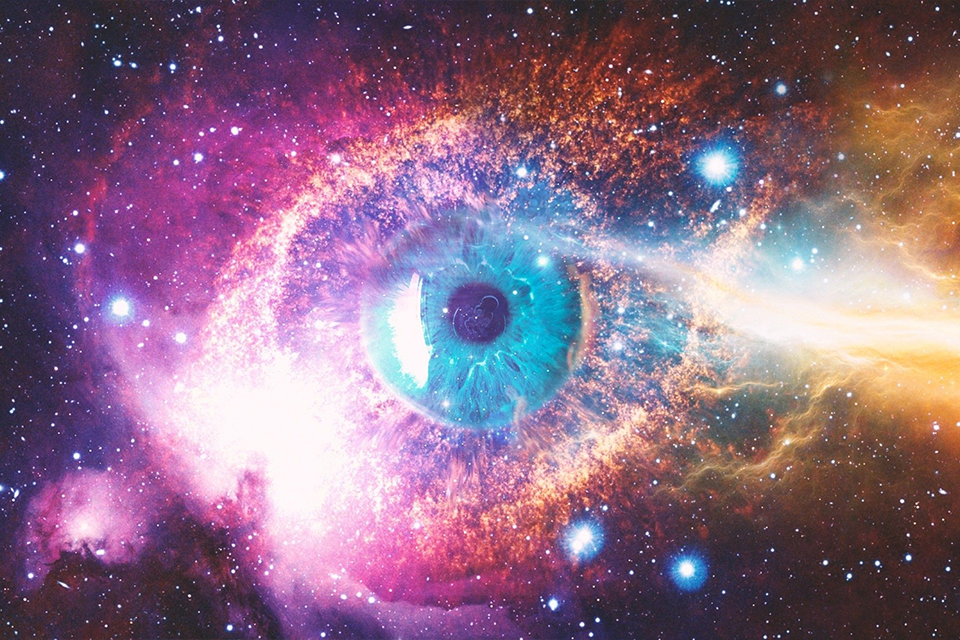I don’t know why the research just keeps coming right now, but after the work, I mentioned in my last two essays was published, there is now another piece in another field that suggests life began on earth almost as soon as the planet formed.
In American Mineralogist this month, a new paper was published indicating life existed on earth within the first 250 million years of the planet’s birth.
What’s particularly intriguing to me about this work is that it was not a new piece of research but rather a new way of classifying minerals that revealed this fact. In other words, it could have been recognized significantly earlier than 2022.
The authors of the paper surveyed 5659 minerals and reclassified them based on the methods of their formation EG “near-surface weathering” or “subsurface hydrothermal deposition.” One of these methods was biological processes and when compared with the mineral record of earth, it became clear that many of these processes were active in the first 250 million years after earth’s formation.
In the context of my recent posts, this is just one more suggestion that life on earth may not have begun on earth.
But it also struck me how this evidence was there all along, hidden in plain sight. We just needed to look at the mineral record through a different lens, a different perspective and I think it’s worth reflecting on how, in 2022, we are still so often subject en masse to zeitgeist or paradigm bias.
One of my favorite books of all time is Arthur Koestler’s “The Sleepwalkers”. In it, Koestler discusses at length how evidence of the sun’s centrality in our solar system was available for quite some time before anyone was able to recognize it for what it was. The concept that the earth had to be the center of the universe was so powerfully ingrained in society that we invented more and more complex explanations for the data instead of recognizing the simpler, more obvious explanation.
When we look back on that time, we often dismiss this mistake by ascribing it to religious ignorance and influence. “Of course, it was hard to recognize the truth when it was blasphemy to do so and such a powerful organization was trying to suppress it.”
But I’m not sure this was the case. Certainly, the influence of Catholicism did not help. But this was far from the only time in history we have suffered from this issue and this new paper in American Mineralogist seems to be one of the latest examples.
In some ways, just as we were 400 years ago, we’re so sure that we’re special, it’s very hard to accept the possibility that we might not be. Yes, we may have expanded our definition of “unique and rare” beyond humanity to all of life, but it’s still difficult for us to consider the possibility that maybe life is “ordinary and ubiquitous.” So difficult, in fact, that simply reorganizing the way we classify the oldest matter on earth (which we have studied since Aristotle), revealed the possibility we are not so special after all.
This is, of course, not to say we should not continue to try to conserve and protect the only life of which we do have firsthand experience – life on earth – but rather to simply reinforce the fact we need to constantly take steps back and consider our biases. Because even when the oldest, most “concrete” evidence is staring us in the face for all of humanity’s existence, those biases still convince us that evidence is telling us what we want to believe, not what we should believe.
Addendum: Just as I’m publishing this, another paper has been released demonstrating the presence of nitriles (important RNA building blocks) in a molecular cloud near the Milky Way’s center. The authors conclude that nitriles are some of the most abundant chemicals in the universe…
